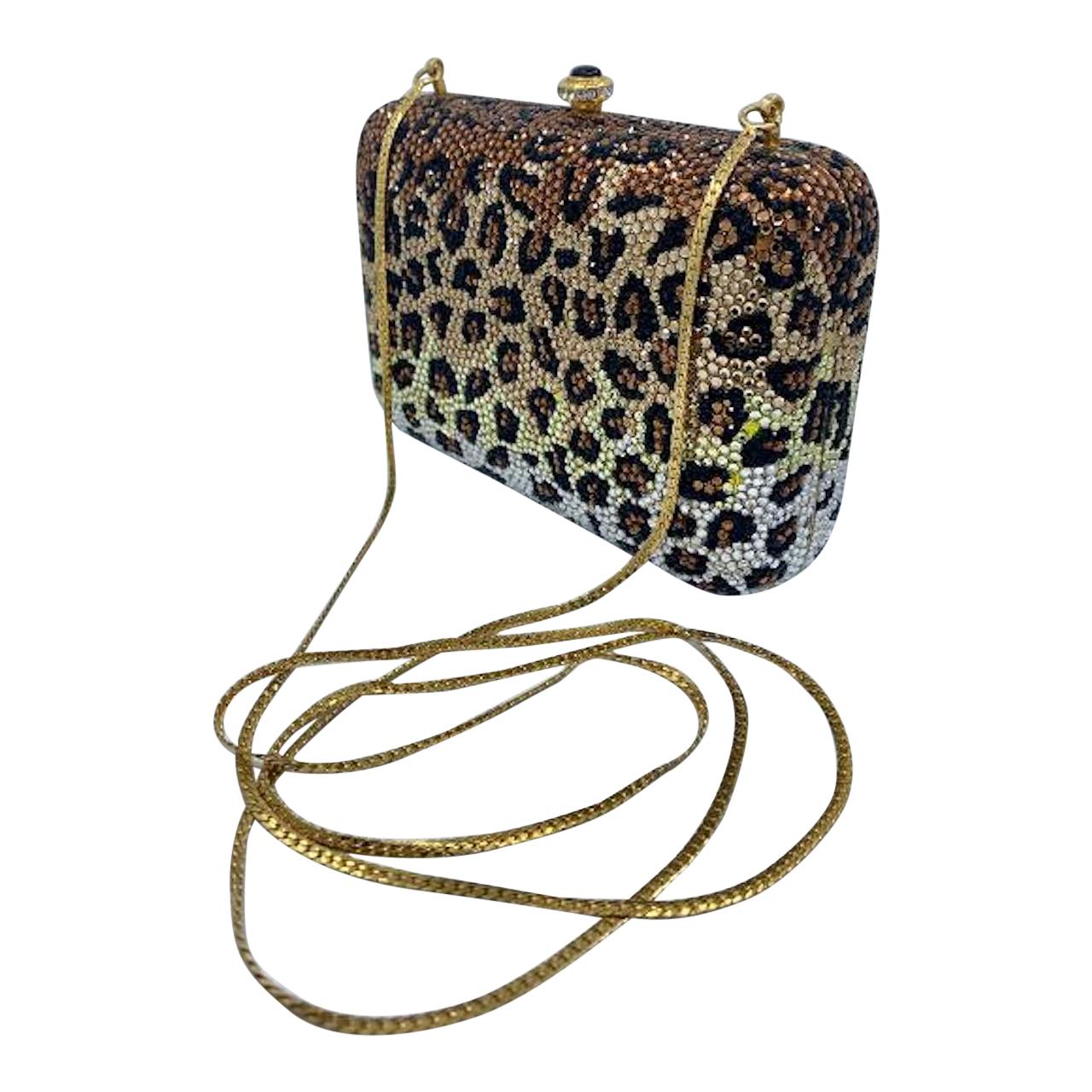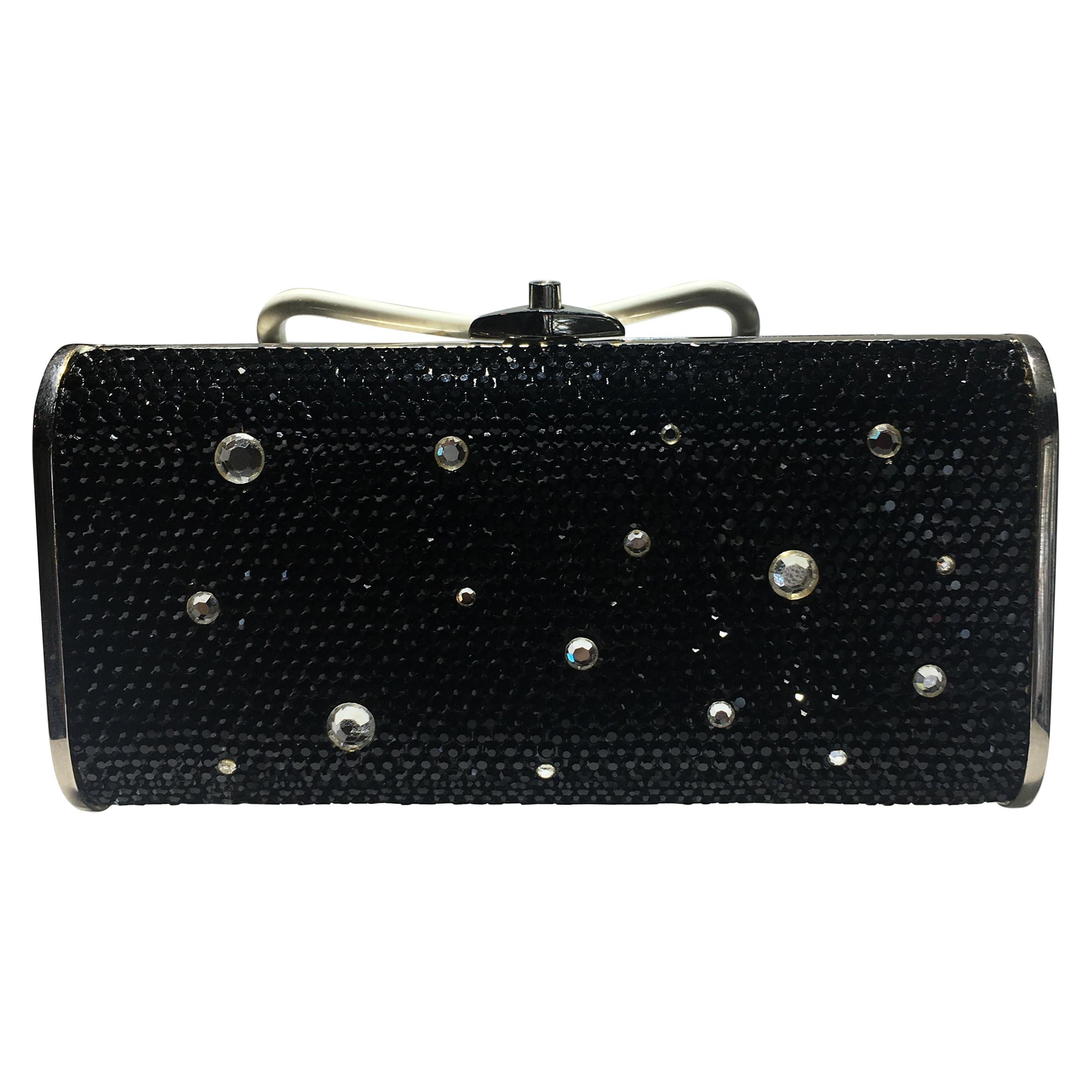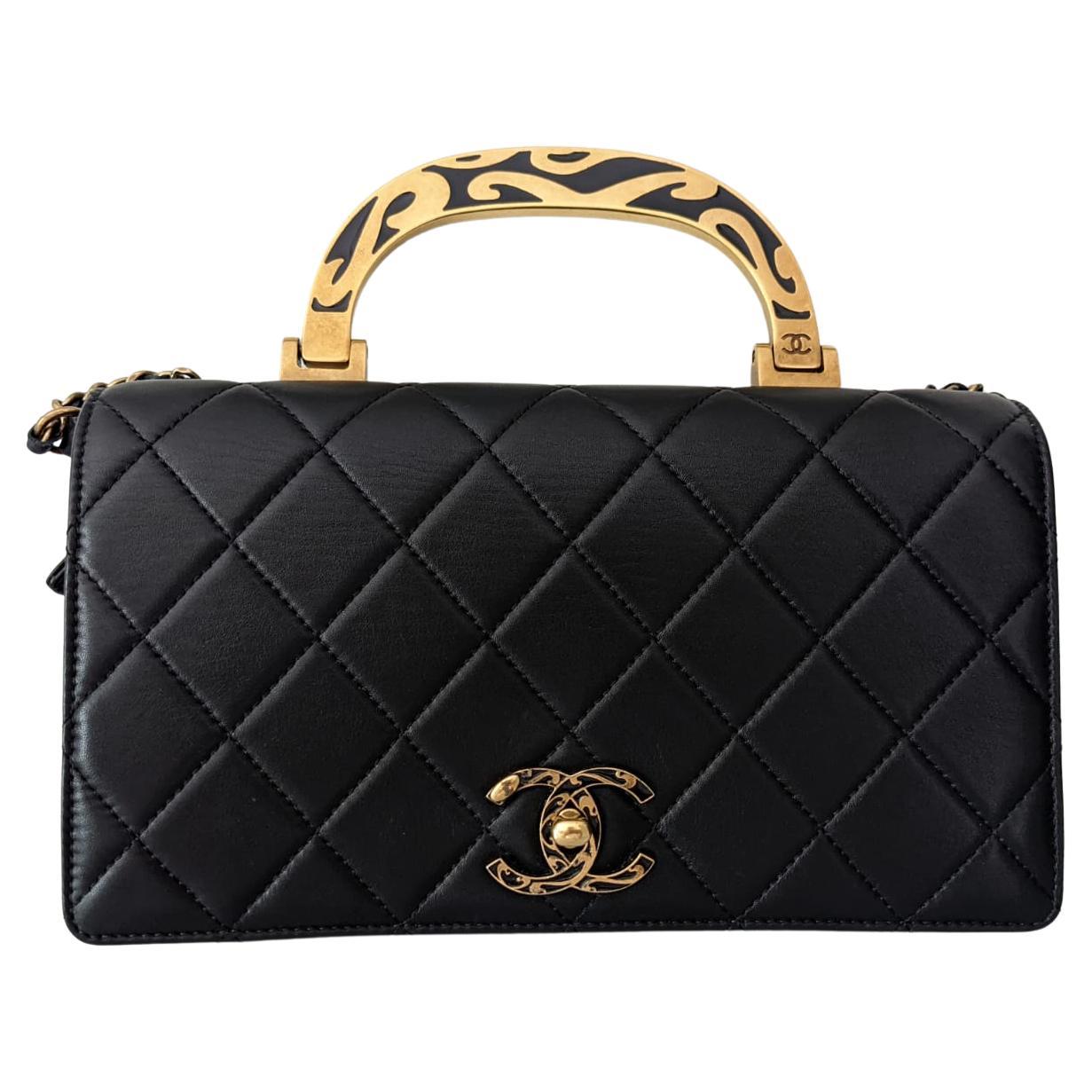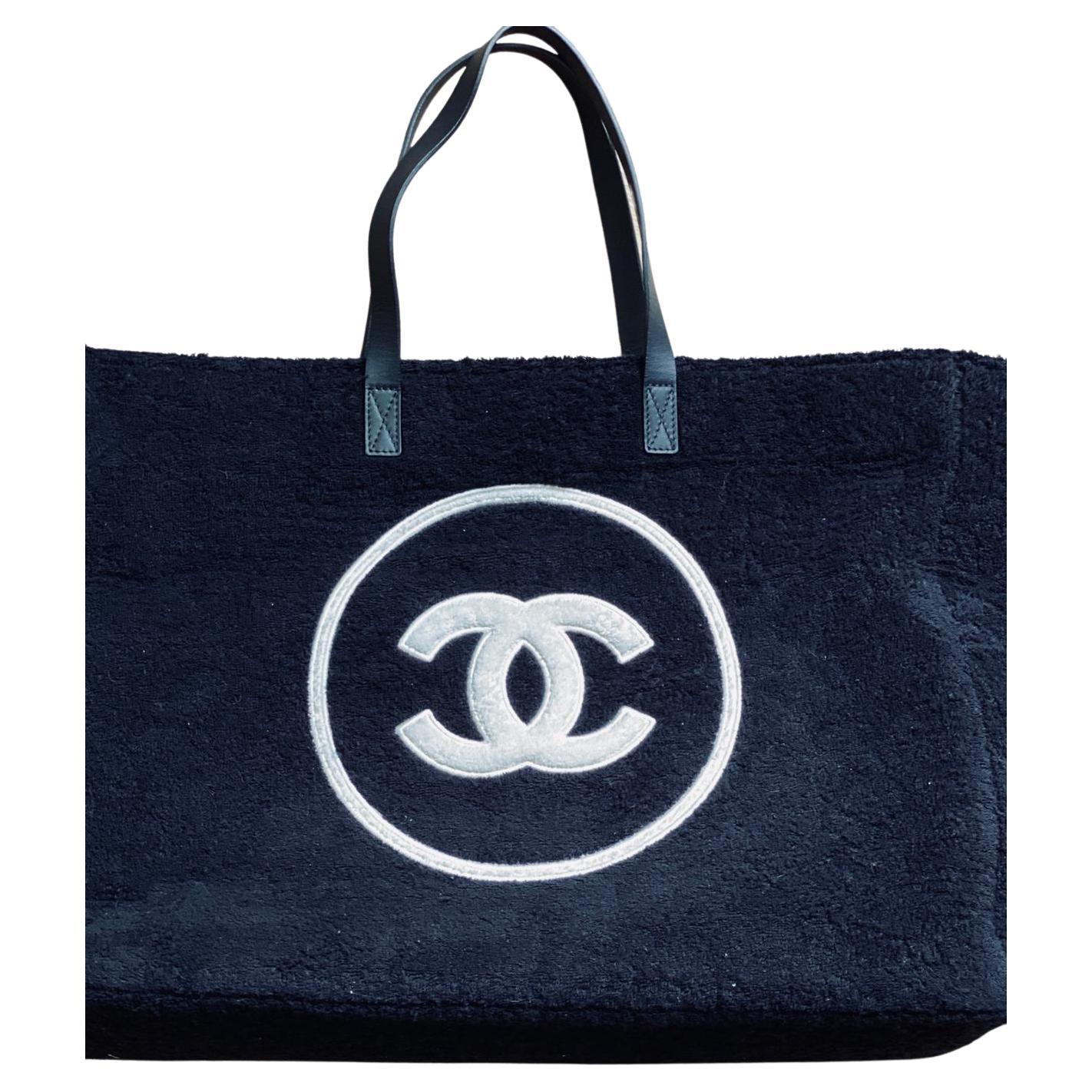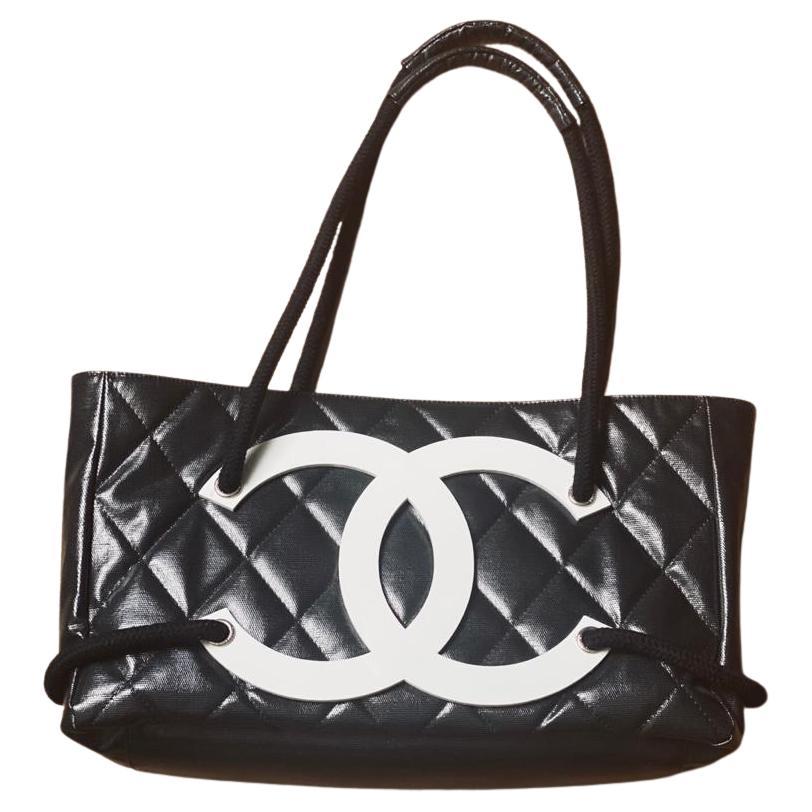Gucci Large Emblem Leather Tote
About the Item
- Designer:
- Brand:
- Dimensions:Height: 8 in (20.32 cm)Width: 5.5 in (13.97 cm)Length: 14 in (35.56 cm)
- Place of Origin:
- Period:
- Condition:Wear consistent with age and use.
- Seller Location:New York, NY
- Reference Number:1stDibs: AU1312142471322
Gucci
Long before trend-bucking creative director Alessandro Michele brought his hallucinatory “Utopian Fantasy” campaign to Gucci, it was a modest Italian leather shop. Today, it’s an internationally renowned luxury house with an iconic logo, and vintage Gucci clothing, handbags and shoes are among high fashion's most covetable goods.
Guccio Gucci (1881–1953) admired the stylish suitcases he saw wealthy guests arrive with at the Savoy Hotel in London, where he worked as a bellhop. So, in 1921, after a stint at Franzi, a luggage company in his hometown of Florence, he opened a leather goods shop of his own.
At first, Gucci’s Florence business specialized in equestrian accessories. But as its reputation flourished, particularly among the English aristocracy, so too did its footprint. In 1938, he brought three of his sons — Aldo, Vasco and Rodolfo — into the business and expanded it to Rome and later Milan. In the mid-1930s, a League of Nations embargo against Italy pushed Gucci to experiment with alternatives to imported leather. Its woven hemp fabric from Naples, adorned with the brand’s signature diamond print, was a hit, especially among A-list celebrities. The material was first used on suitcases before finding enduring popularity on handbags. (No list of revered designer purses would be complete without Gucci.)
In the 1950s, Elizabeth Taylor carried one of Gucci’s bamboo-handled tote bags, another adaptation to material rationing. After Jackie Kennedy was seen sporting a slouchy Gucci tote in 1961, it was renamed for the First Lady. Then Grace Kelly, on a visit to the boutique in Milan, inspired Rodolfo Gucci to work with Italian illustrator and Gucci textile designer Vittorio Accornero on the Flora print in 1966. Taking cues from Sandro Botticelli’s Primavera, with its pattern of flora and insects, it was painted entirely by hand and featured no fewer than 37 colors.
In 1953, just 15 days after opening his first store on New York’s 5th Avenue, Guccio passed away at 72. The early 1970s saw store openings in Tokyo and Hong Kong, but by the late 1980s, Gucci was floundering. Rodolfo Gucci took charge in 1982, but family drama and lawsuits ensued. In 1993, Rodolfo’s son, Maurizio, transferred his shares in the company to Investcorp, ending the family’s involvement in Gucci. Dawn Mello, then-president of Bergdorf Goodman, joined as creative director in 1989. But it was Tom Ford, who took over as creative director in 1994, who ultimately revived the brand.
Ford’s racy ads, shot by photographers such as Mario Testino, stirred controversy. And his potent vision of sexed-up femininity — with “jewel-toned satin shirts unbuttoned to there,” as Vogue described his breakthrough 1995 runway show — was wildly successful. The new millennium brought new ownership — Pinault Printemps Redoute in 2004 — and a more toned-down vision from Frida Giannini, who became sole creative director in 2006. Alessandro Michele was named creative director in 2015, and the storied brand took a giant leap forward.
Find vintage Gucci clothing and accessories on 1stDibs.
- ShippingRetrieving quote...Ships From: New York, NY
- Return PolicyThis item cannot be returned.
- Louis Vuitton black leather agendaBy Louis VuittonLocated in New York, NYLouis Vuitton black leather stenciled agenda measures 5 1/2" in width, 7 1/4" in height.Category
1990s French Handbags and Purses
- Chloe Square Silverado toteBy ChloéLocated in New York, NYChloe Square Silverado tote with woven stitch detailing on handles, with three outer zipper side compartments. Magnetic snap closure. Inner zipper compartment measures 7 3/4" width, ...Category
20th Century Italian Tote Bags
- PHYNES Black Leather Handbag with Attachable Shoulder StrapsLocated in New York, NYPHYNES's wonderful black calfskin leather "Kelly" style handbag has double handles along with a attable shoulder strap if desire. Handbag is highlighted with gold hardware along with...Category
1980s French Shoulder Bags
- Roberta di Camerino Black Calfskin with Brushed Pony Accent HandbagBy Roberta Di CamerinoLocated in New York, NYRoberta di Camerino wonderfully detailed black calfskin double-handle handbag with accented with brushed pony skin. The center-front is embossed with their signature logo. Th...Category
21st Century and Contemporary Italian Top Handle Bags
- Moschino Midnight Black Lambskin Suede with Tassels Accent Shoulder BagBy MoschinoLocated in New York, NYMoschino wonderful detailed buttery soft lambskin suede in midnight black is accented with multi tassels as well as gold hardware along the tassels and also on the four footin...Category
1990s Italian Shoulder Bags
- Carlos Falchi Multi-Textured Exotic Skins Coco Brown ClutchBy Carlos FalchiLocated in New York, NYAs only Carlos Falchi can, This wonderful multi-texture combination of lizard, snake and pylon skin finished with lambskin leather piping along the edges as well as the interi...Category
1980s Spanish Clutches
- Kathrine Baumann Leopard Design Swarovski Crystal Minaudiere Evening BagBy Kathrine Baumann Beverly HillsLocated in Tustin, CAExquisite handmade designer, Kathrine Baumann, who is the celebrated handbag maker to the stars, leopard pattern pillow shaped minaudière, evening bag...Category
21st Century and Contemporary American Evening Bags and Minaudières
- Judith Leiber Jeweled Clutch, Black And Clear Crrystals With Silver Strap.By Judith LeiberLocated in Buchanan, MIJudith Leiber Jeweled Clutch, Black And Clear Crrystals With Silver Strap.Category
20th Century Clutches
- Animal Motif Crystal Clutch In The Style Of Judith Leiber, Great Condition.Located in Buchanan, MIAnimal Motif Crystal Clutch In The Style Of Judith Leiber Great Condition, No Crystals missing. Silver Strap Inclosed.Category
20th Century Evening Bags and Minaudières
- 2008-2009 Chanel gold and navy blue sequin crossbody flap bagBy ChanelLocated in Miami, FLExtremely rare gold and navy blue sequin summer nights crossbody flap. New Condition never worn Comes with dustbag and authenticity card The sequins are transitional/interchangeab...Category
21st Century and Contemporary Crossbody Bags and Messenger Bags
- 1995 Chanel vintage spring patent leather heart vanity crossbody bagBy ChanelLocated in Miami, FLVery rare Iconic piece modeled by Claudia Shiffer in the spring 1995 ad campaigns. Chanel written in the interior in gold text Interwoven chain can be worn as a crossbody or shoulde...Category
1990s Crossbody Bags and Messenger Bags
- 2015 Chanel Rare black Classic flap enamel crossbody top handle bagBy ChanelLocated in Miami, FLVery rare piece the same collection in a larger size as bag seen on kate middleton Lambskin leather comes with dust bag and authenticity card. In like...Category
21st Century and Contemporary Italian Crossbody Bags and Messenger Bags
Recently Viewed
View AllRead More
Explore a Century of Gucci Fashion in London
The iconic Italian label’s traveling exhibition has just arrived in London.
The Stories behind the Most Famous Luxury Fashion Logos
From Chanel to YSL, the logos of some legacy fashion houses spark instant brand recognition and have come to symbolize a kind of luxury that feels at once aspirational and attainable.
